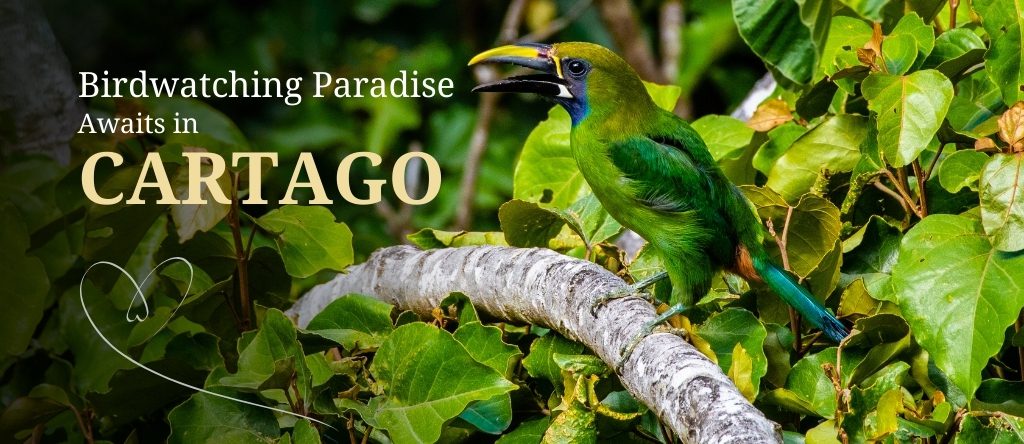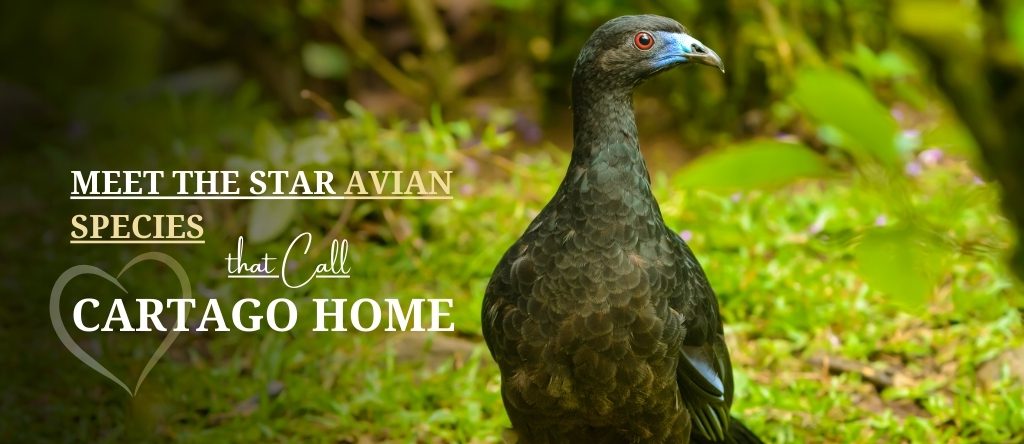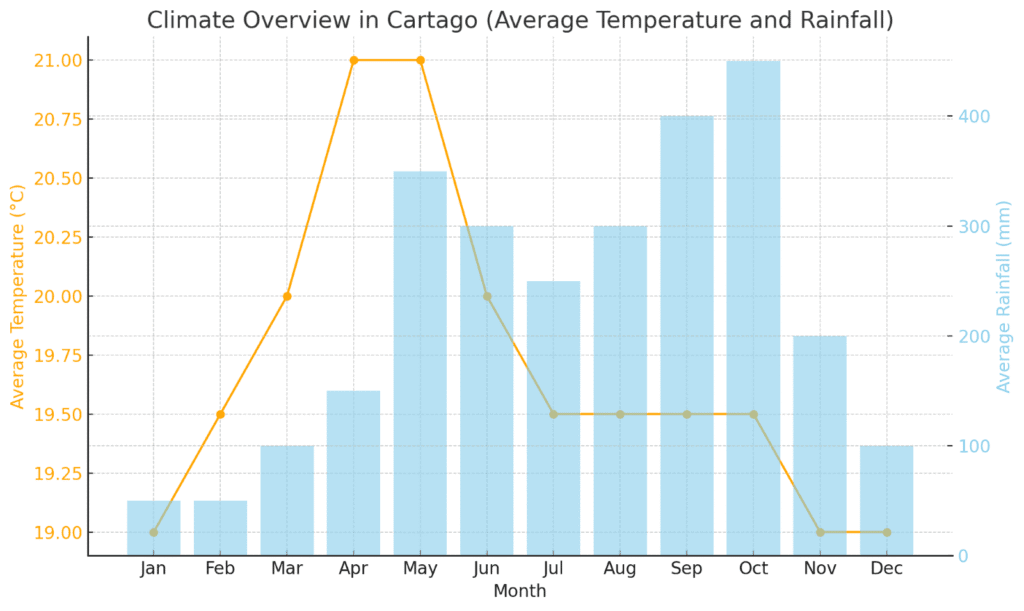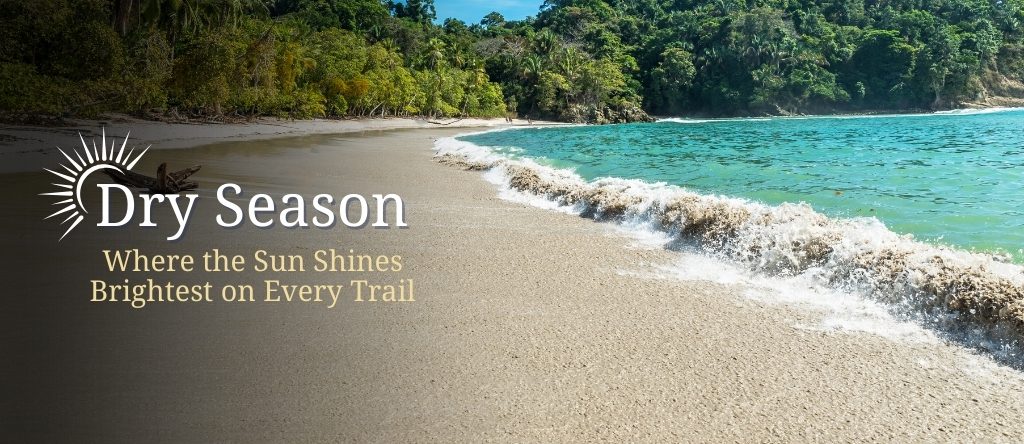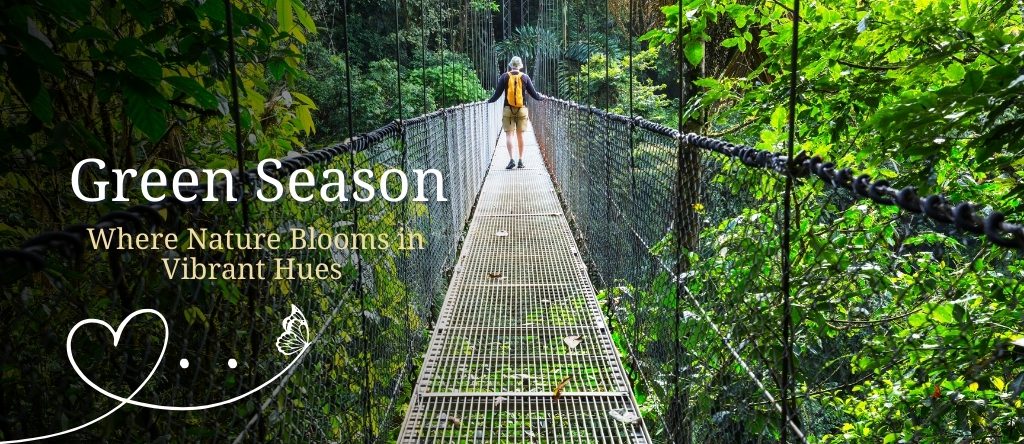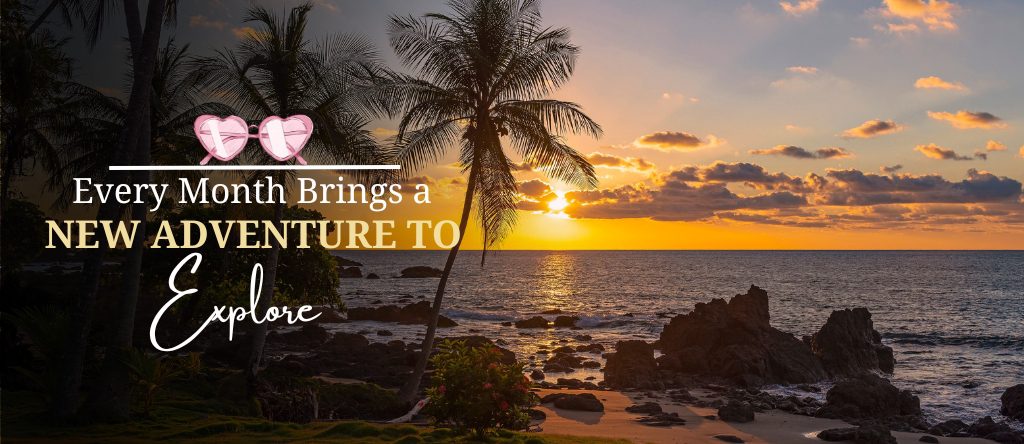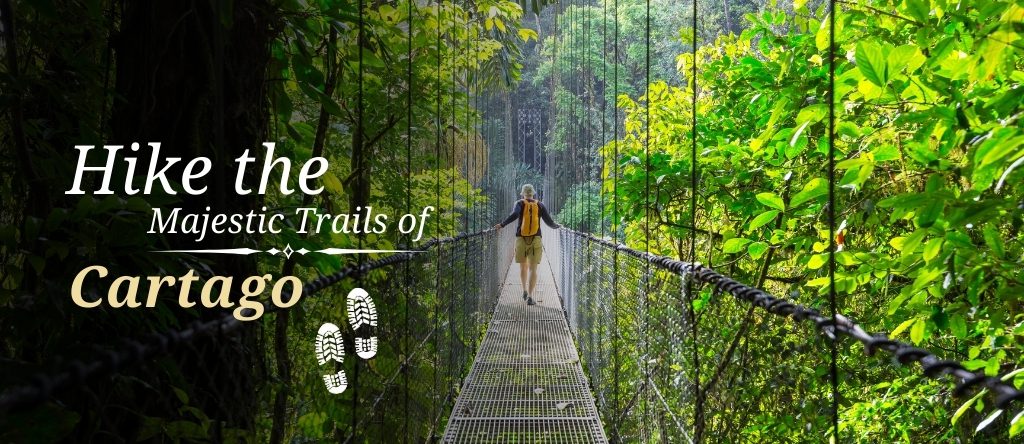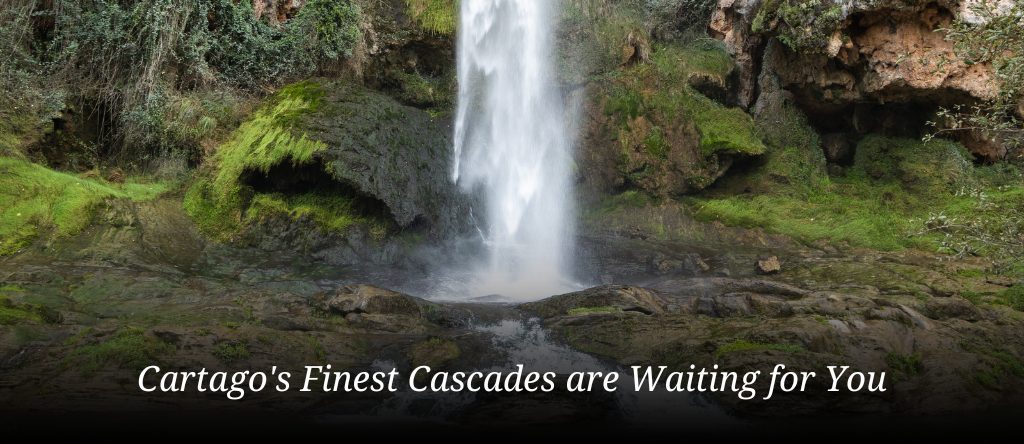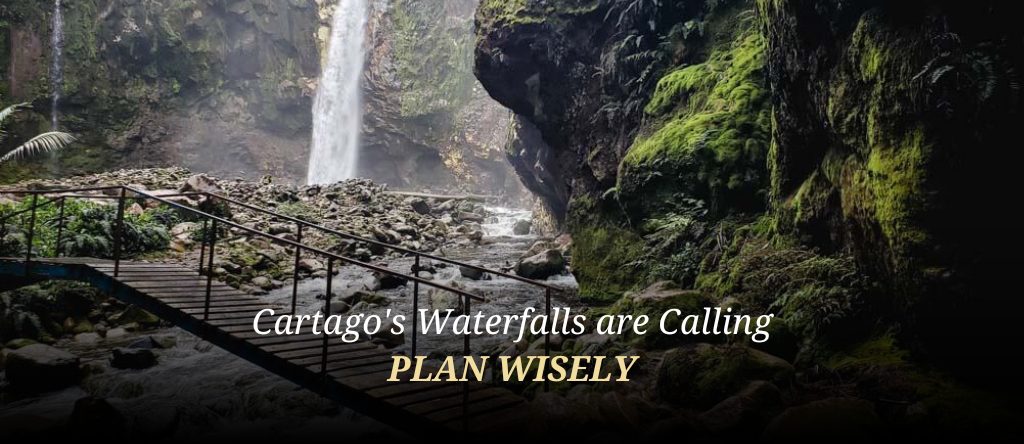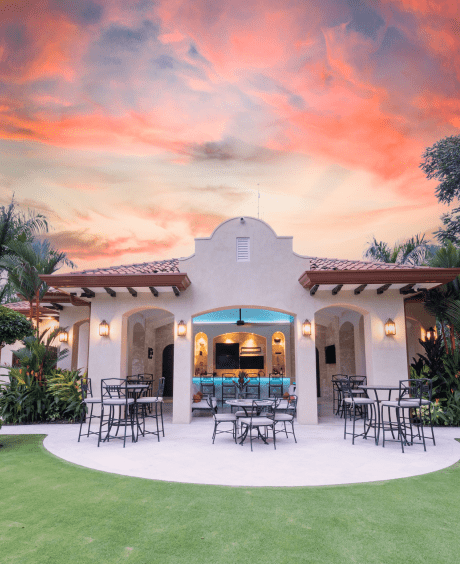Why is Cartago suitable for your family vacation? Cartago is the best destination if you want a place that embodies history, culture, and natural beauty at one site. This former capital of Costa Rica has lots of rich historical landmarks, cultural traditions, and breathtaking landscapes. Whether you are traveling through ancient ruins, touring sacred basilicas, or hiking up a volcano, the attractions in Cartago will make your family vacation memorable and an experience to remember for a lifetime.
In this blog post, we have highlighted the top attractions in Cartago, which are perfect for including in your vacation itinerary.
Basilica de Nuestra Señora de Los Ángeles
Historical Significance
Basílica de Nuestra Señora de Los Ángeles is one of the must-see landmarks in Cartago, showcasing the religious and historical values of Costa Rica.
Constructed in the 1600s, the Basilica has evolved to become a spiritual site for thousands of Catholics across the nation. Its architecture features a mix of colonial and Byzantine designs, and thus, it has not limited itself to a place to visit in Cartago but as a work of art.
Cultural Significance
The annual pilgrimage, called “Romería” in the local Costa Rica language, occurs annually in August. Devotees from across Costa Rica make their way on foot to the Basilica in reverence of La Negrita, the patron saint of Costa Rica. This is one of the finest views in Cartago Province, showcasing profound culture and traditions.
Architectural Features
The Basilica features lovely stained-glass windows and beautiful tile work; however, it remains a photographer’s dream playground. The central courtyard and statue of La Negrita have cemented their position as one of the best sights in Cartago, Costa Rica, that are not to be missed.
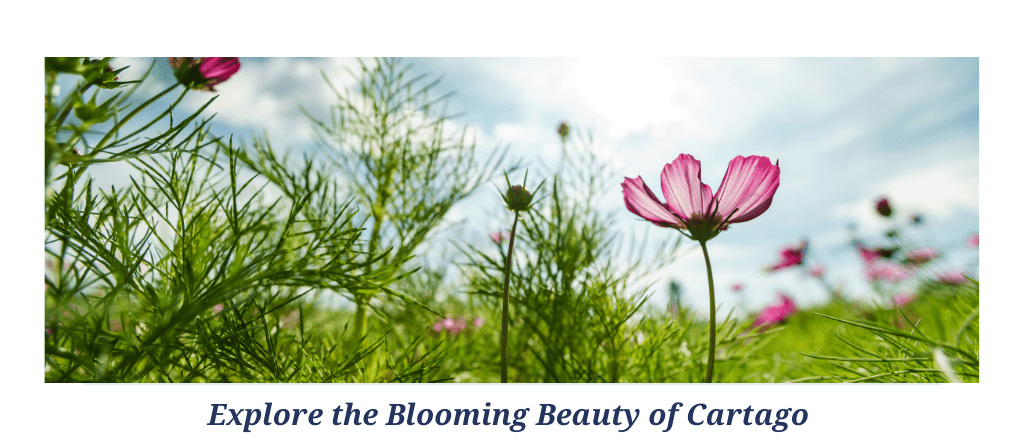
Irazú Volcano National Park
Natural Wonders
Among the famous places in Cartago, Irazú Volcano National Park is home to the highest volcano in Costa Rica. The volcano is 1,913 meters tall and provides expansive, panoramic views of the Pacific Ocean and Caribbean Sea. Tourists are often drawn by the deep green crater lake of emerald color—a unique name among the iconic landmarks in Cartago, Costa Rica.
Things To Do and See
It is a beautiful park with numerous hiking trails that lead visitors through surreal lunar-like landscapes, allowing them to appreciate the volcanic terrain. With several stunning viewpoints, this is a favorite of every Cartago sightseeing guide, where visitors can experience nature at its most dramatic form.
Tips for Visitors
The best time to visit Cartago is early morning to catch clear skies and avoid clouds that often obscure the view later in the day. Pack layers, as it can get a bit chilly at higher altitudes, and do not forget your camera to capture the famous places in Cartago from the summit.
Lankester Botanical Garden
Flora and Fauna
A stop at Lankester Botanical Garden should be on your Costa Rica vacation itinerary if you want to experience the beauty of tropical flora and fauna up close. The garden has over 3,000 species of plants and also features a colorful variety of tropical flowers like orchids, bromeliads, and ferns. It is one of the major Cartago attractions for people who appreciate life outside. Its mission is to preserve the great diversity of nature in Costa Rica, making it a landmark that needs to be seen in Cartago.
Learning Experiences
Collaborating with the University of Costa Rica, Lankester has become an educational conservation center. Here, one can understand how endangered species can be preserved and experience the various ecosystems that Costa Rica has to offer.
Visitor Experiences
Guided tours are also available, allowing visitors to gain deeper insights into the garden’s conservation activities. Do not miss the opportunity to visit this quiet haven of greenery—it is an ideal destination for contemplative reflection and nature photography.
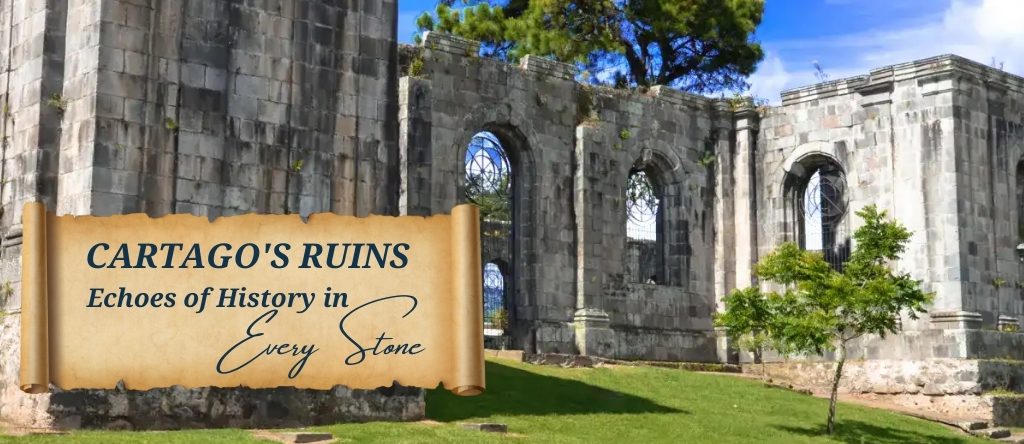
Ruins of Cartago (Santiago Apóstol Parish)
Historical Background
One of the must-see ruins of Cartago, Santiago Apóstol Parish, is the remains of its destructive and survival history. Once a magnificent church, this structure has never gained its charm again due to frequent earthquake damage. The ruins signify the turbulence that Cartago has undergone in its past. It is, therefore, one of the not-to-be-missed Cartago’s historical landmarks.
Architectural Remains
Although its grandeur has turned to dust, the once great building still retains its foundation in its broken walls, revealing a lot about the construction of the 16th century. It is worth taking a reflective walk among the remnants, which are located in the heart of Costa Rica’s colonial history.
Photographic Opportunities
For all those looking for the perfect photo, the ruins of Cartago are among the finest of the city’s delights for any photographer, especially at sunset when the stones seem to look golden in this light. Undoubtedly, it is one of the finest panoramas seen in Cartago, Costa Rica.
Tapantí National Park
Biodiversity and Ecosystems
Tapantí National Park is a hidden treasure bursting with biodiversity. The park is one of Costa Rica’s most ecologically diverse regions, offering diversified ecosystems such as rainforests and cloud forests, to name a few. Travelers who can go out of their way to experience the natural beauty of the tropics and get treated to lush green foliage and plenty of wildlife, making it a “Cartago cultural attraction” for nature lovers.
Outdoor Activities
Bird-watching, hiking, and river exploration are common activities. Those interested in adventure in hidden or off-the-beaten-path extremes are drawn to Tapantí for that genuine, hands-on experience of Costa Rica’s natural wonders.
Conservation and Preservation Efforts
The Tapantí National Park is an important sanctuary for protecting endangered species and preserving Costa Rica’s natural heritage. Therefore, it serves not only as a point of attraction but also as a manifestation of the country’s interest in protecting the environment.
Cartago Central Market
Local Culture and Cuisine
For a glimpse of Tico-style life in the locality, you could head to the central market in Cartago—the commerce and culture hub bustling with activities. In these colorful markets, you will get a taste of the heart of cultural attractions for the city of Cartago through its food, people, and traditions in your shopping experience.
From fresh produce to handmade crafts, the market offers a little bit of everything. Pick up local delicacies, sample exotic fruits, or buy a souvenir to take home. This sensory experience will give you a peek at authentic life in Cartago.
Culinary Highlights
Do not forget to visit the street food stalls in the market where locals Costa Rican dishes are served for more authentic recipes like gallo pinto and casado. These food stalls are where flavors are brought to life.
Orosí Valley
Breathtaking Scenic Beauty
Orosí Valley reflects the beautiful scenery of mountains and tranquil rivers. It is the most beautiful region in Costa Rica, becoming one of the favorite destinations for tourists willing to find peace in serene landscapes and outdoor adventures.
Cultural and Historical Sites
Home to one of the oldest colonial churches in the country, the valley is steeped in history. Ancient buildings can be toured and house relics of Costa Rica’s history, adding cultural richness to what can be done in Cartago, Costa Rica.
Outdoor Adventures
Other than the beautiful scenery, hiking and biking opportunities, as well as bird-watching spots, are a few things you can do while visiting and exploring the place. It is excellent for families who wish to reconnect with nature.
Turrialba Volcano National Park
Volcanic Landscapes
While Irazú is always the show, Turrialba Volcano has equally interesting landscapes of volcanism. However, Turrialba provides a wilder experience with fewer crowds, making it one of the best sights in Cartago, Costa Rica, for adventurous travelers.
Activities to Enjoy
Hiking trails, exploring fumaroles, and guided walks on the volcanic land make this an exciting addition to any guide having the best things to do in Cartago, Costa Rica.
Tips for the Visitors
Safety precautions should always be checked while visiting, as the activity level of the park is not guaranteed. It is best to hike with a guide and always read signs regarding weather conditions.
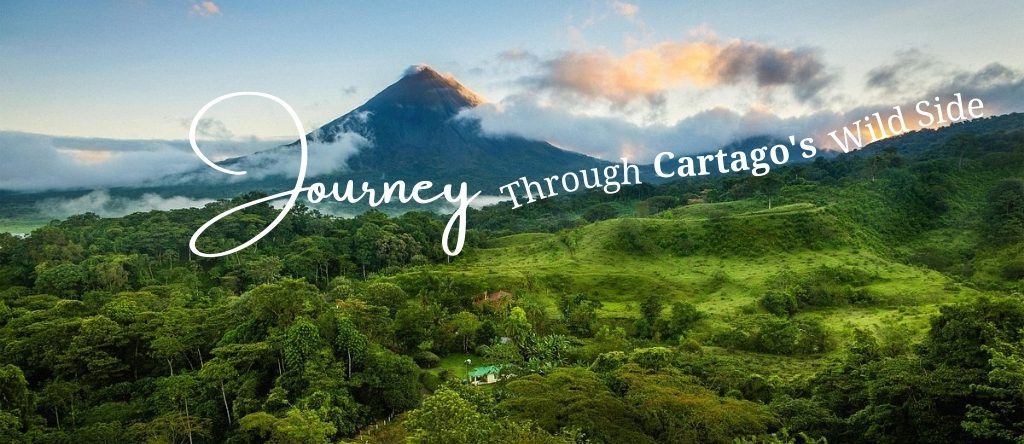
Conclusion
Cartago is a treasure trove of historical landmarks, natural wonders, and cultural experiences. From the towering heights of Irazú Volcano to the peaceful serenity of Lankester Botanical Garden, these top attractions in Cartago promise unforgettable memories.
Whether you are a history buff, a nature lover, or just an individual seeking a meaningful family vacation, Cartago has all the rich mixture you should explore.
So pack your bags and get ready to discover the best sights in Cartago Province, Costa Rica.




